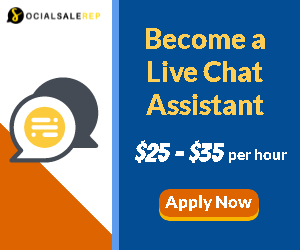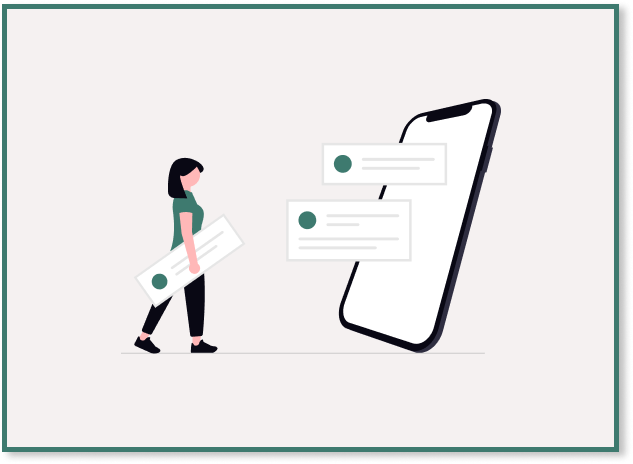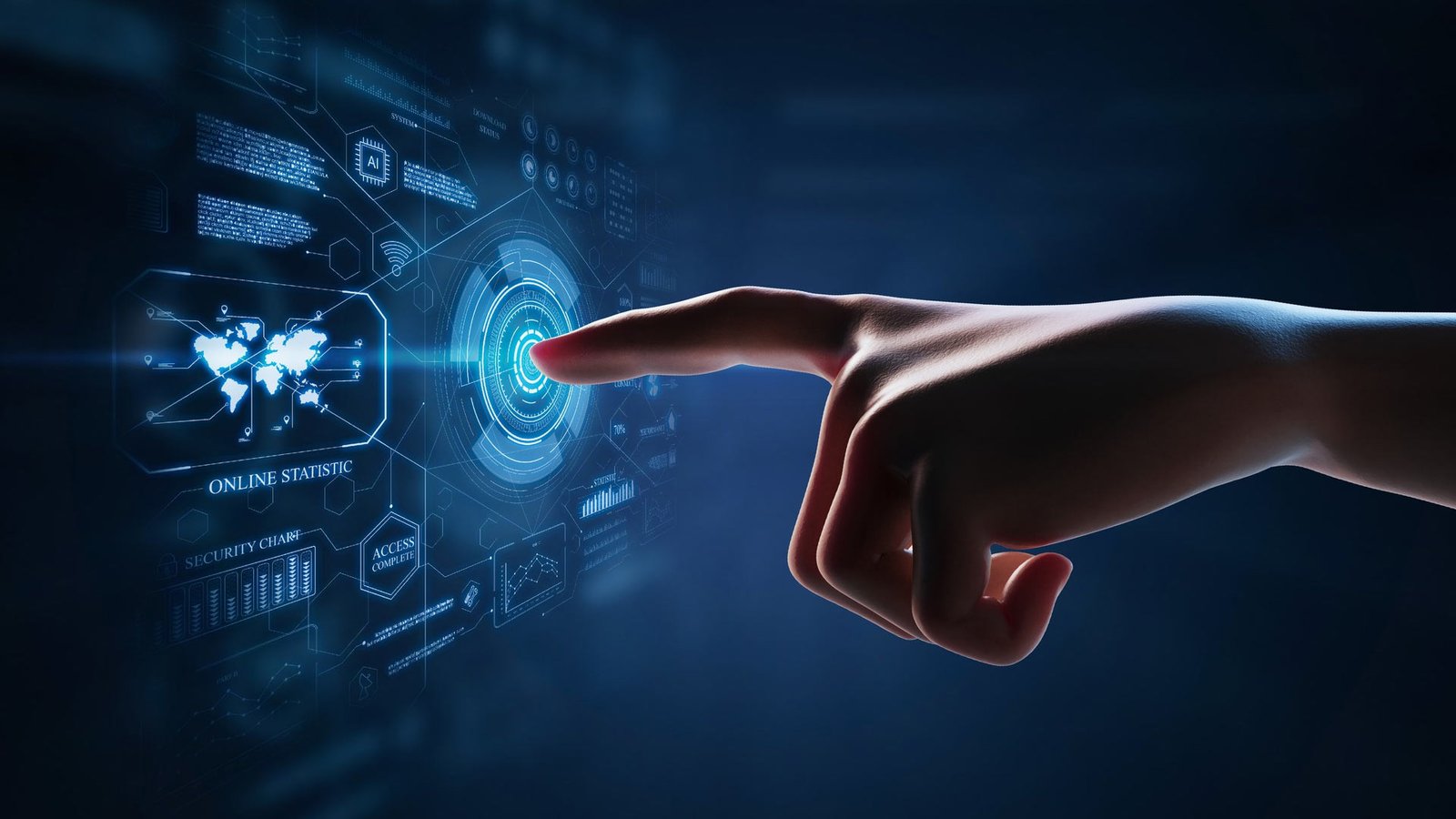Clarifai Announces Amazon Web Services (AWS) Marketplac...
Clarifai’s AI Orchestration Platform Will Now Be Accessible in AWS Marketplace C...
Clario announces acquisition of imaging provider NeuroRx
Acquisition further builds on Clario’s neuroscience expertise and capabilities C...






















